What are fungi? Some of these organisms are too small to see with the human eye. Some, like the honey fungus, are amongst the largest organisms on the planet. Fungi are all around us, in bread, in beer, and even in the walls of your home. This diverse class of organisms is able to survive almost everywhere on planet earth. The root of their ability to survive so well is in part due to their life cycle. But what exactly takes place in the fungi life cycle?
The Kingdom Fungi
Understanding ‘what’ fungi are will first require us to understand their place within the rest of all life on earth. Historically, biology has relied on a system of classification developed by the scientist Robert Whittaker in the middle of the 20th century. Under this system, all life was first split into prokaryotes and eukaryotes – the distinction being the latter possess ‘membrane-bound organelles’ like nuclei and mitochondria. From there, prokaryotes split into two kingdoms, Archaebacteria, and Eubacteria. Slightly more complicated, Eukarya are split into four kingdoms, which will sound much more familiar: Protista, Plantae, Animalia, and Fungi. The chart below will help you to visualize what we’re talking about.

This system is changing, though. Starting in the early 21st century, biologists started to adopt a newer, more detailed version of the tree of life. This new system divides all of eukarya into six different groups. One of those groups, Opisthokonta, contains all true fungi as well as us, Animalia! Look below to compare these two systems. For our purposes, we’ll refer to all fungi as a single ‘kingdom’ as they still are classified as a single group.
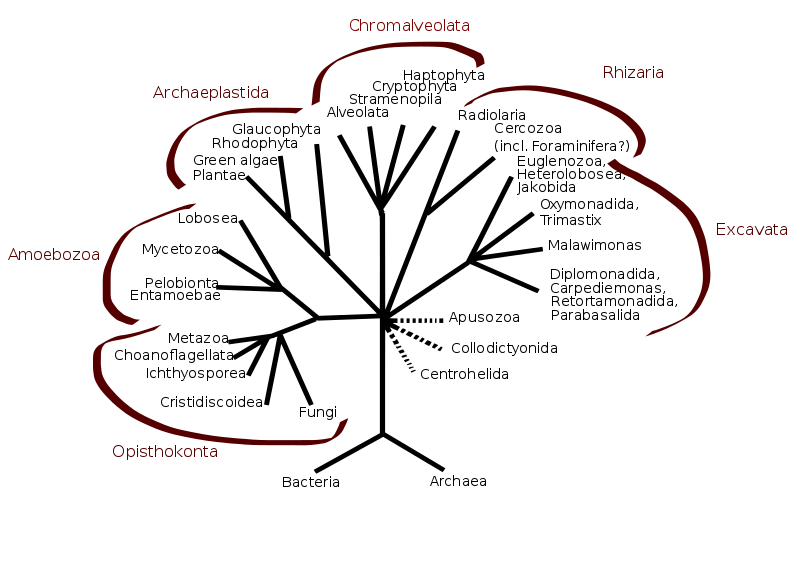
Classification of Fungi
Fungi are an extremely diverse kingdom. The easiest way to digest their diversity is to break them down into four large groups: Chytridiomycota (chytrids), Zygomycota (bread molds), Ascomycota (yeasts and sac fungi), and Basidiomycota (club fungi). These divisions are largely based on how each of these groups reproduces, but we’ll get to that later. First, let’s take a look at what each of these entails.
- Chytridiomycota: these are often considered the most primitive fungi, and likely appeared about 500 million years ago. Chytrids are unique in the fungi world because their spores (called zoospores) are motile. They often have a single flagellum that propels them through aqueous environments. Interesting, these fungi can survive without oxygen and are found in the guts of cows where they break down plant matter.
- Zygomycota: this group of fungi is one that you may deal with throughout your everyday life. They are one of the more common ‘food molds’ that you may see on spoiled foods like strawberries, for example. Zygomycota represent about 1% of all fungal species.
- Ascomycota: these fungi represent the vast majority of all fungi species, about 75%. They are responsible for a number of extremely important, and fun, functions. Saccharomyces cerevisiae is the yeast commonly associated with beer brewing and baking. Penicillium chrysogenum gives its namesake to the lifesaving antibiotic. These are also the same fungi that you may see in symbiotic relationships with algae in the form of lichen.
- Basidiomycota: although you may not know it, you’ve likely eaten a member of Basidiomycota before! This group of fungi includes almost all mushrooms. These mushrooms are actually only one part of the organism’s life cycle. These fungi are extremely important because they break down decaying matter, like wood and plants, and allow for their nutrients to return to the soil.
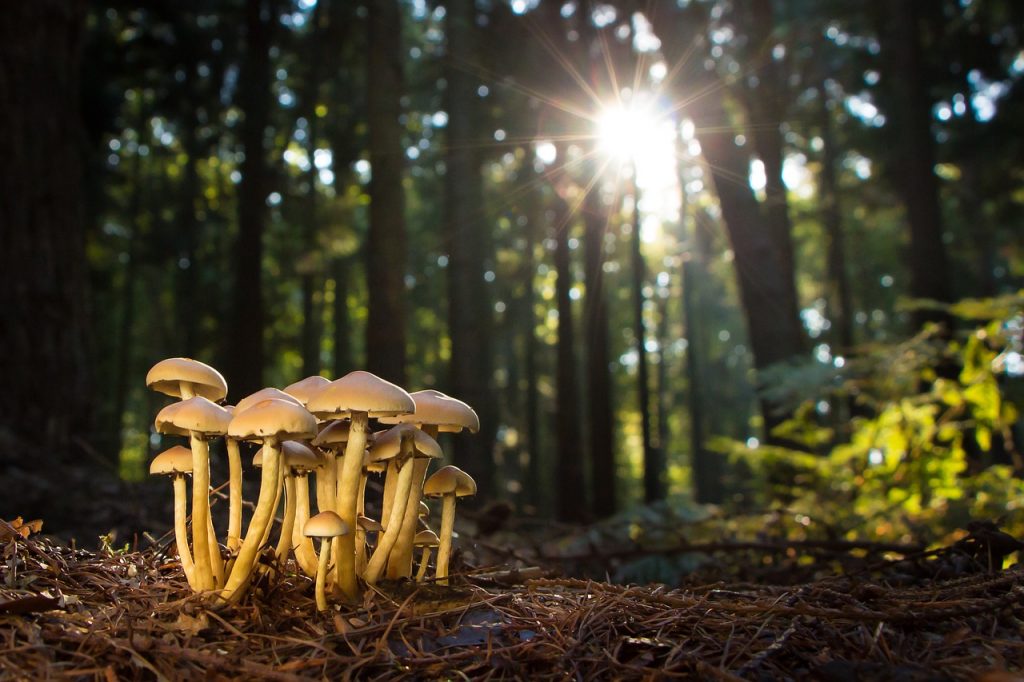
Sexual Fungi Life Cycle
Not all fungi reproduce the same. Broadly, they either reproduce sexually or asexually. In biology, the definition of ‘sexual reproduction’ may be different than normal. ‘Sexual reproduction’ simply means that genetic information from two individuals combine to make one individual. First, let’s focus on fungi life cycles that involve sexual reproduction.
Sexual
The first phase of the fungal life cycle is the spore phase. All fungi begin as spores that are ‘haploid,’ meaning they only have one copy of all their genetic information. This is similar to human sex cells, like sperm and eggs. These spores can travel vast distances from where they were produced by hitching a ride on another organism or even the wind. Once the spore lands in a favorable environment, it will germinate and grow a mass of ‘roots’ called a mycelium. These support the spore just like roots by finding nutrients to help the spores grow.
As the mycelium grows, it may encounter another, compatible fungi. If this occurs, the cells from each individual fungi can fuse together to form one, single cell. These fused cells are now ‘diploid’ meaning they have two copies of all their genetic information. This is like the rest of all human cells that aren’t sex cells.
These cells then undergo a process called ‘meiosis.’ This is when a single cell splits into two cells. Importantly, during this fission, the genetic information from each parent gets jumbled up and mixed together. The resulting two ‘daughter’ cells are neither identical to either of their parents nor each other. This is how fungi (and all sexually reproductive organisms) maintain their genetic diversity.
Asexual
At the mycelium stage, most fungi can also ‘choose’ to reproduce asexually. This decision is the product of many environmental factors like resource availability and moisture. In this part of the life cycle, instead of growing and combining with another mycelium, the fungi instead produces ‘mitospores’ which are identical to the parent. These mitospores then grow a new mycelium. If the conditions are right, this mycelium can undergo sexual reproduction.
Complicated Life Cycle
Fungi are an extremely diverse and complicated group of organisms. While we have just started to scratch the surface of the many complex fungi life cycles, these basic tenents will hold true for most fungi. Next time you open a bag of moldy bread, think of the life cycle of the fungi that you see!











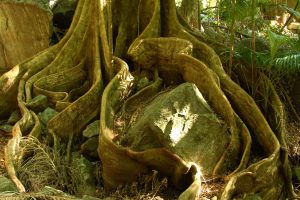

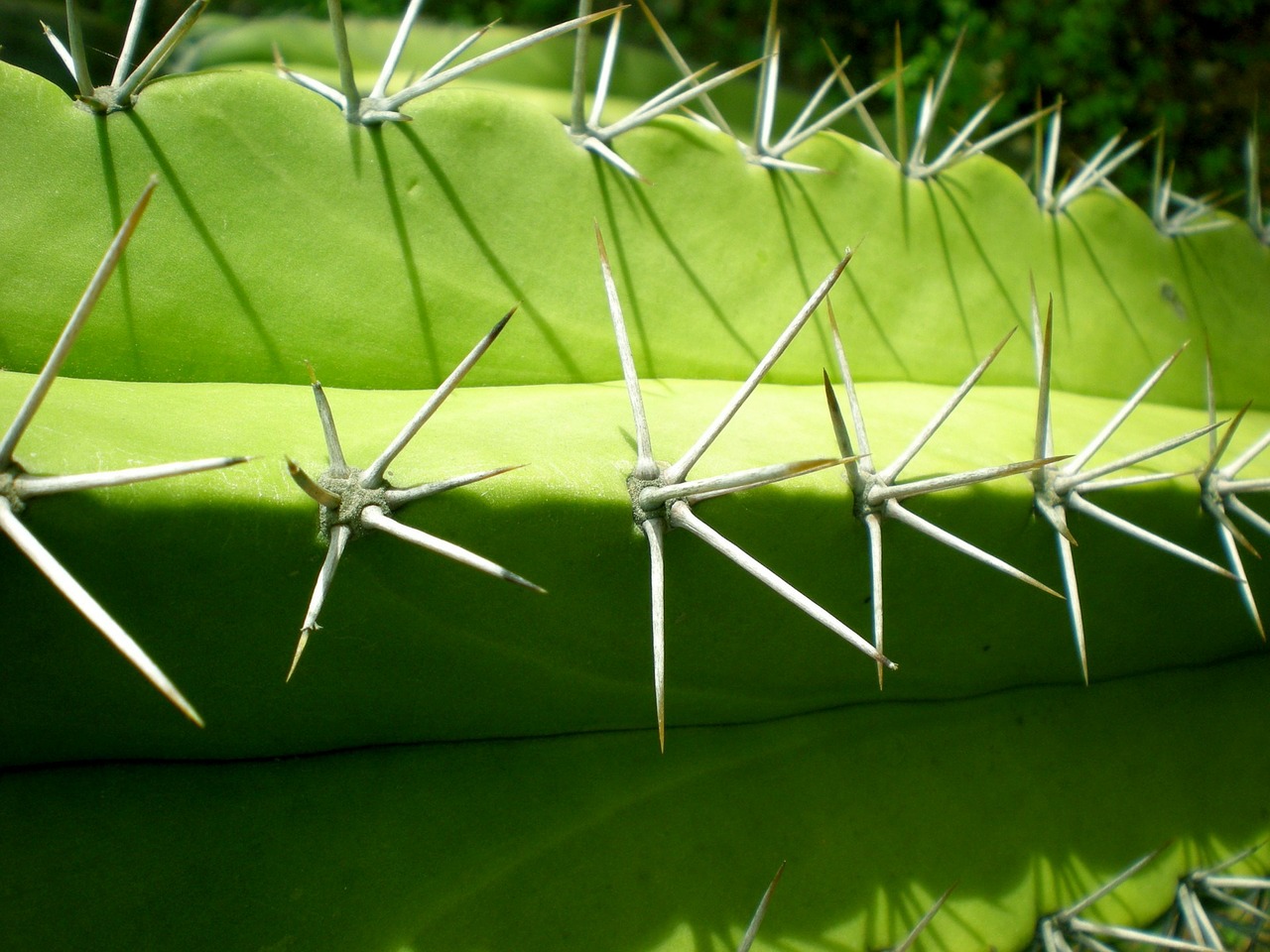
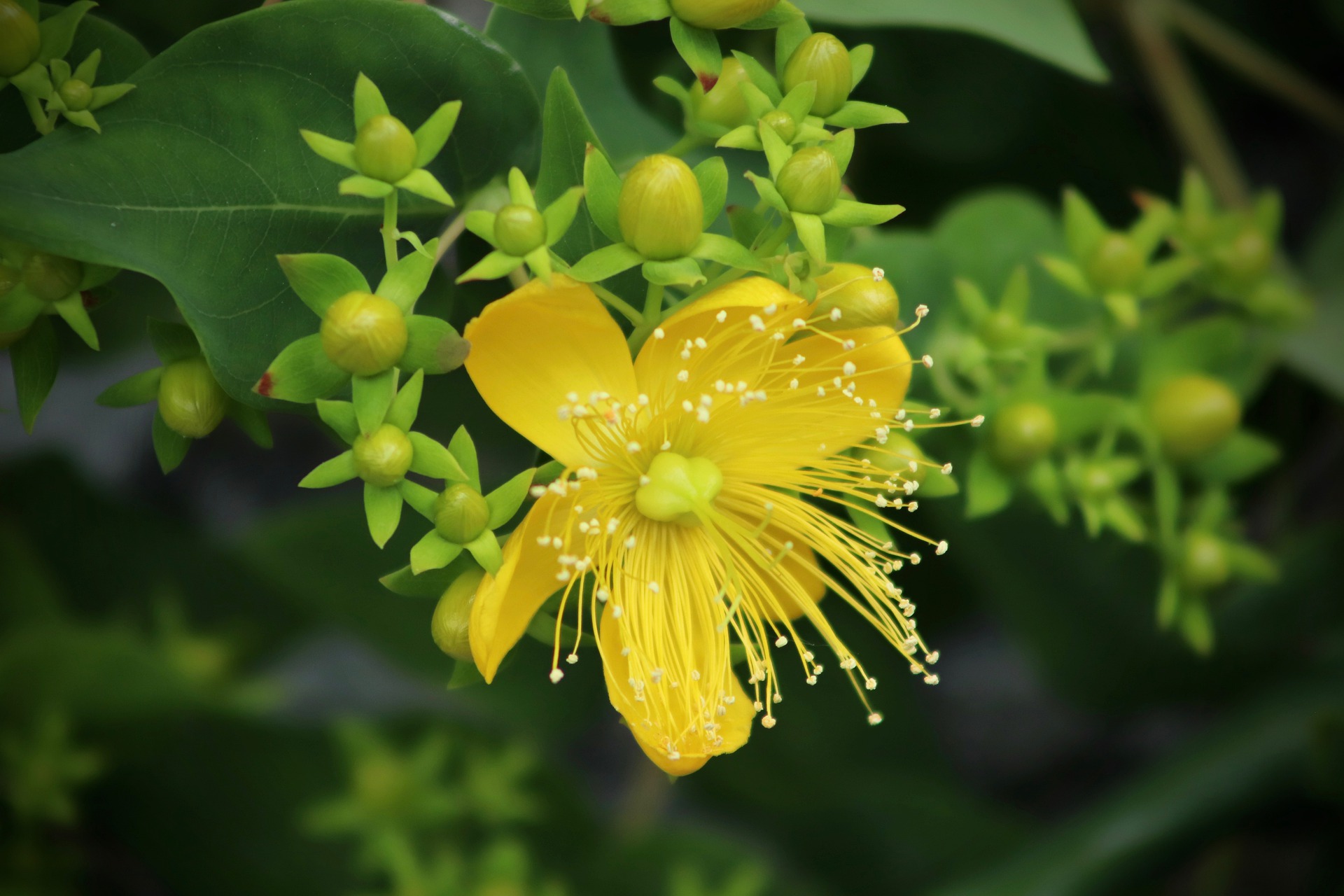

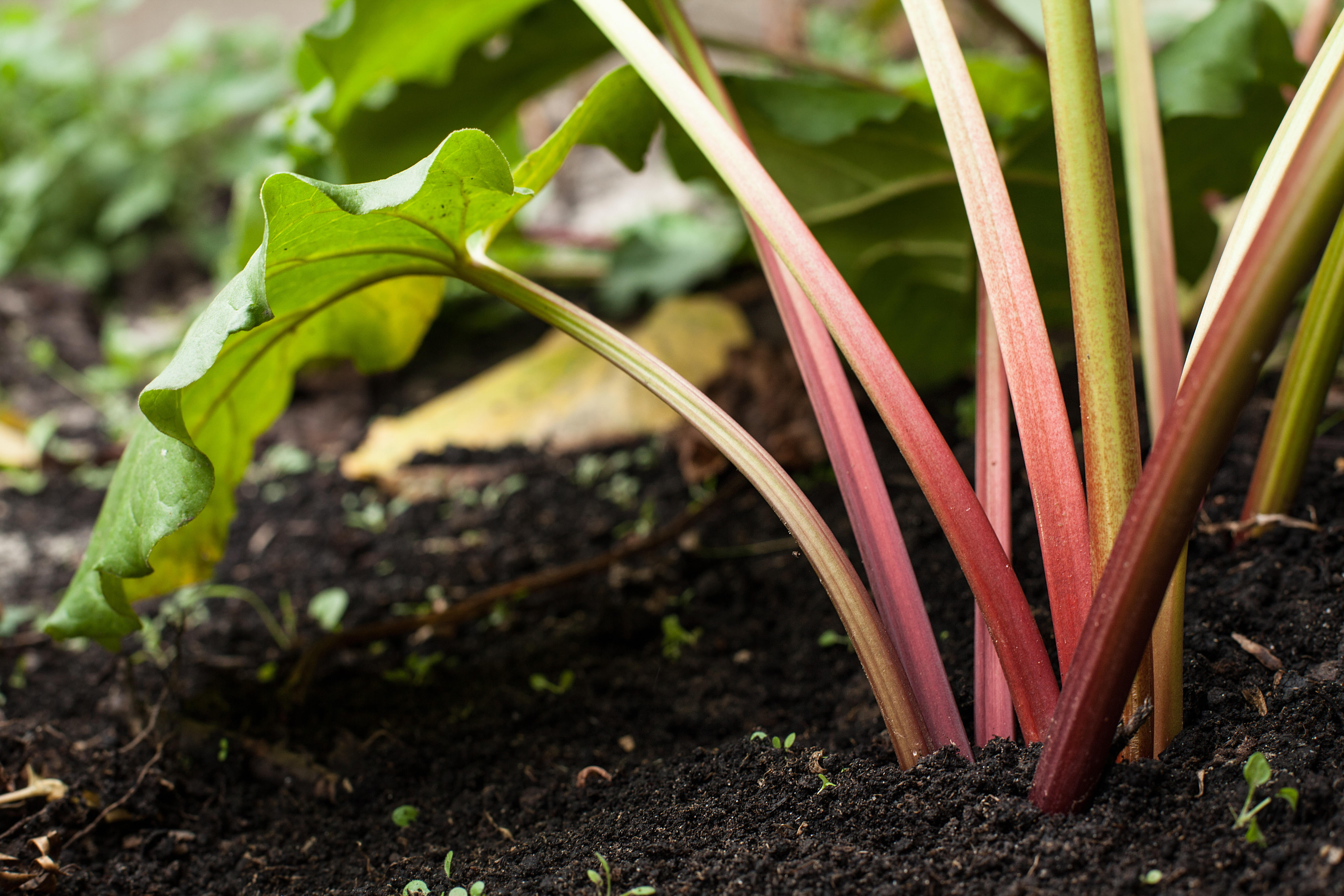
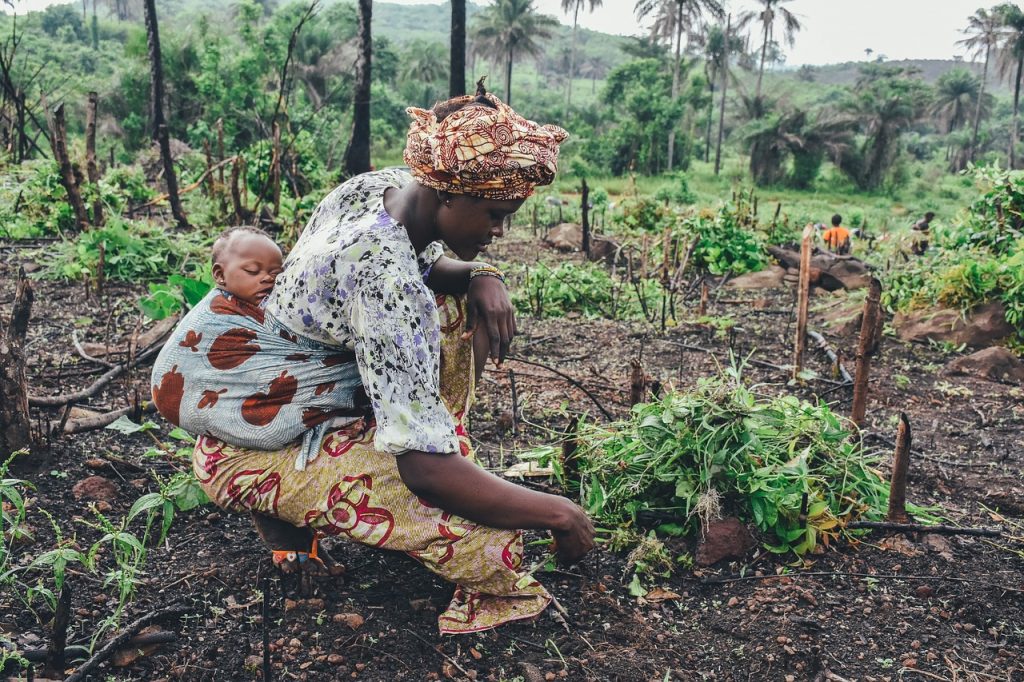


0 Comments